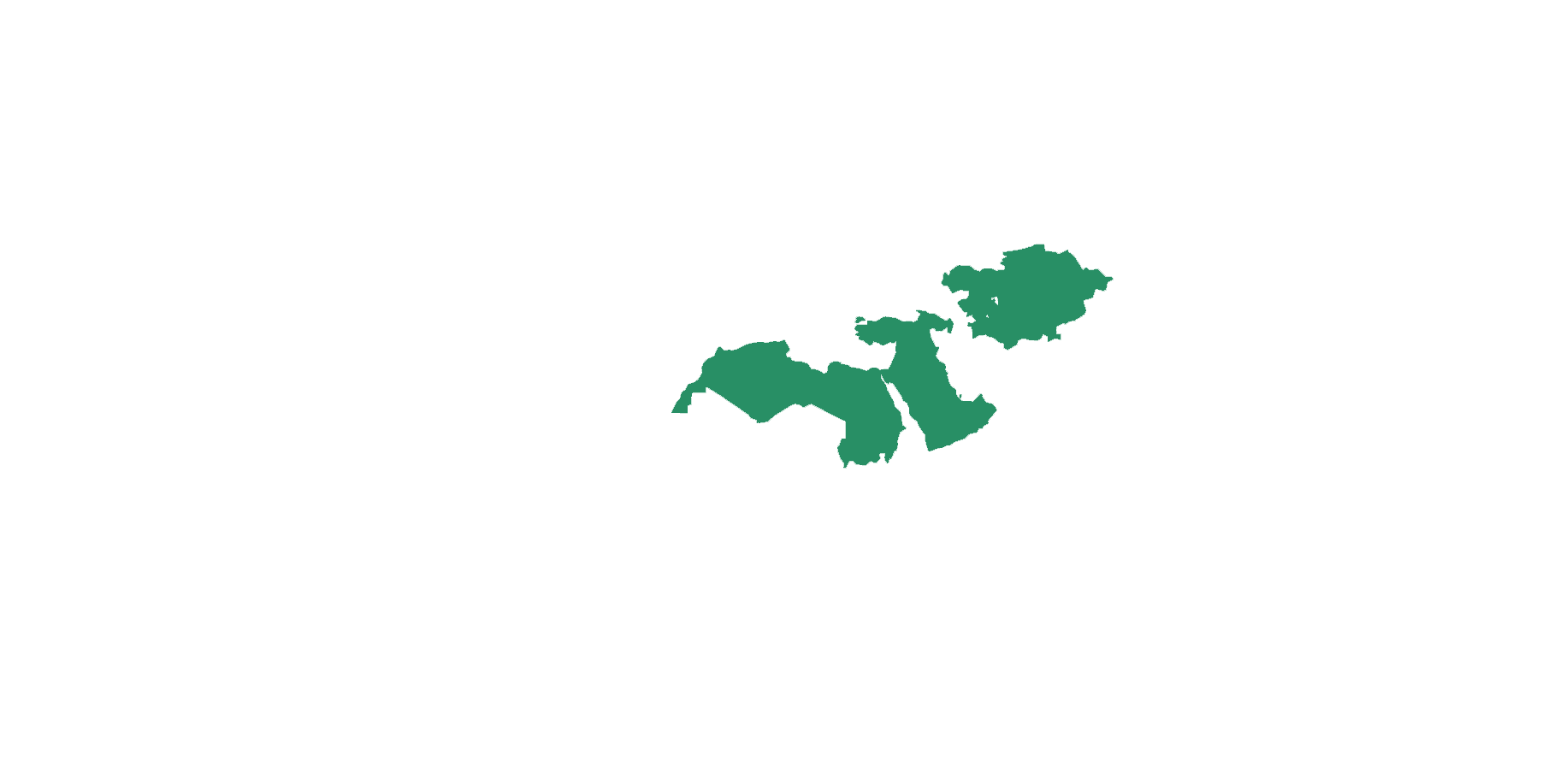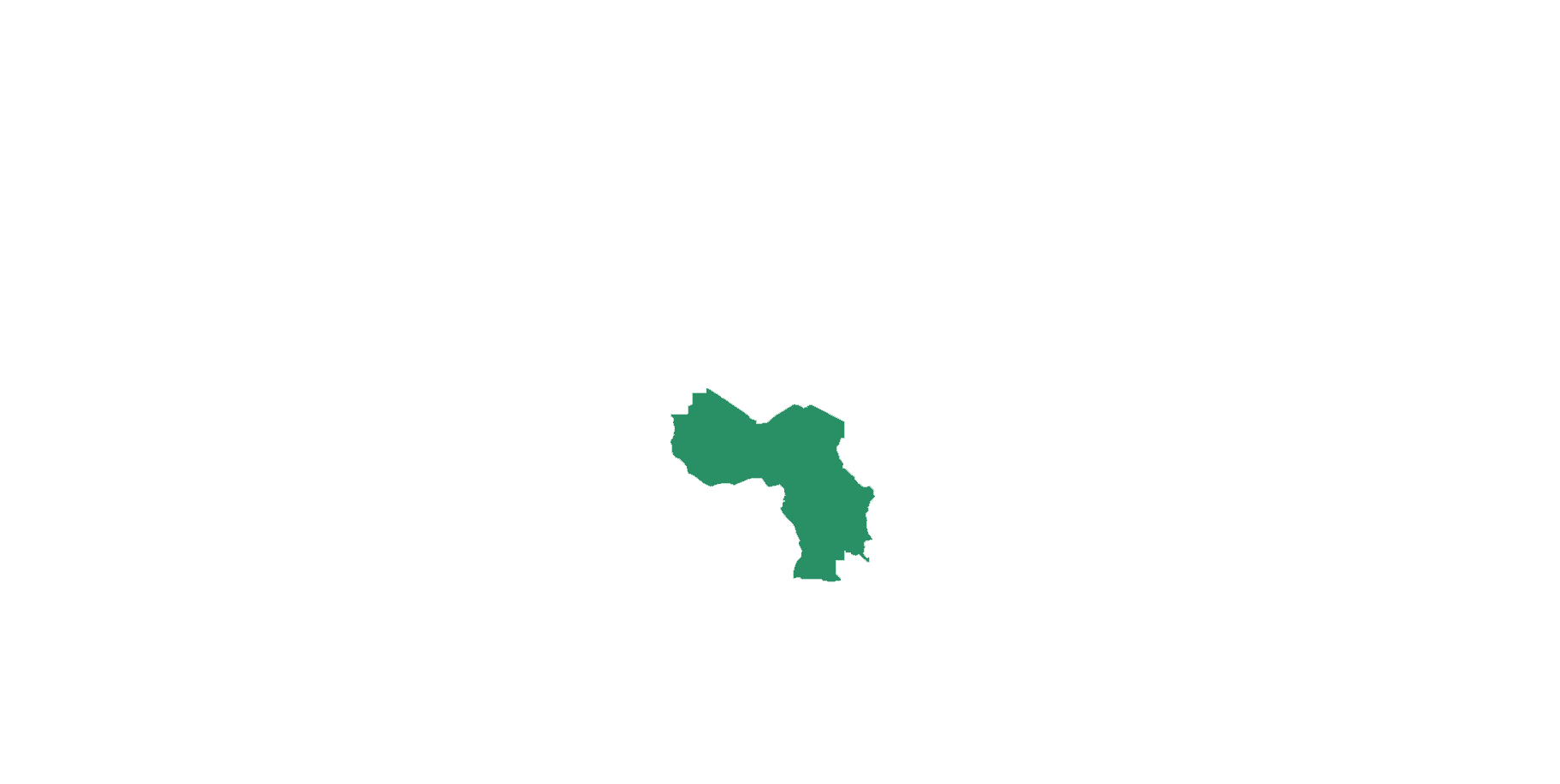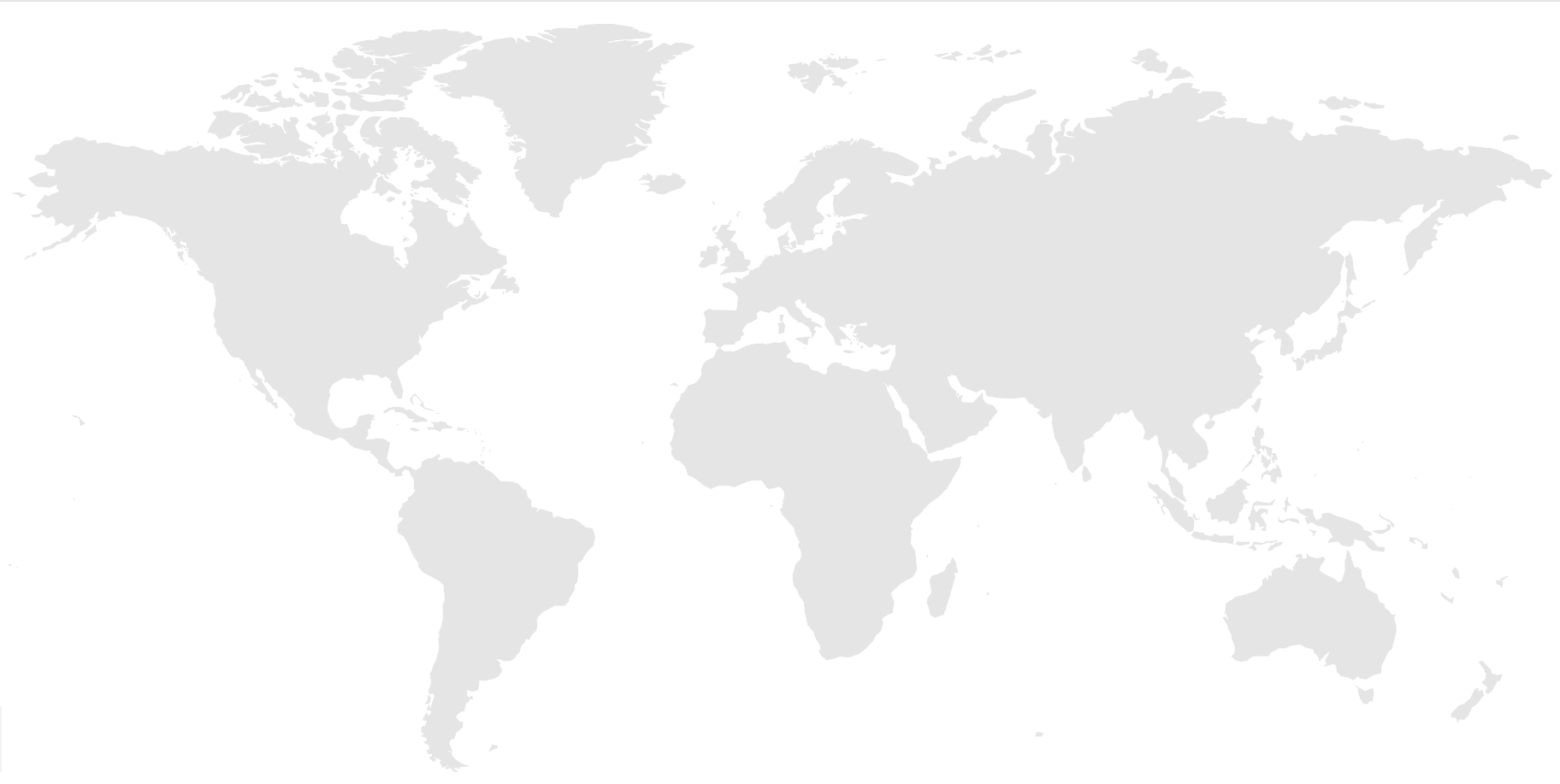The CGIAR Initiative on Foresight used country models from its Foresight and Rapid Response Modeling System (FARRMS) to analyze the impacts of the 2022 global crises on agrifood systems, poverty, and food security. Nineteen country studies were conducted in collaboration with local and international partners, published online, and presented in-country. Cross-country syntheses were presented in more than 35 public seminars. Analysis of policy options directly informed national responses and the allocation of donor funds to countries to mitigate rising food insecurity.
Russia’s invasion of Ukraine in February 2022 contributed to large increases in the prices of food, fuel, and fertilizer in global markets. This prompted a widespread concern for agrifood systems, poverty, and food security in developing countries. The rapid onset of the crisis, coupled with its unique characteristics, meant that there was little information on how specific countries and vulnerable population groups might be affected, or what policy options would be most cost-effective in mitigating the impacts. As a result, development partners looked to CGIAR and its ex-ante modeling capabilities for analysis and guidance.
The Initiative rapidly mobilized its Rural Investment and Policy Analysis (RIAPA) country data and modeling system1 to estimate the economy-wide impacts of rising prices across different supply chains and population groups in developing countries. RIAPA is one of the tools in the Initiative’s new Foresight and Rapid Response Modeling System (FARRMS). RIAPA is specifically designed to capture national agrifood systems and their linkages to broader national and global economies and to workers and households. Like other tools maintained by the Initiative, RIAPA and its Nexus SAM databases are freely available to all stakeholders. Given in-country demand for Ukraine-related analysis, and the importance of understanding local contexts and policy concerns, the Initiative partnered with the CGIAR Initiative on National Policies and Strategies to engage local partners in their focus countries, and with IFPRI’s Country Strategy Support Programs. These collaborations strengthened the modeling analysis and enhanced the Initiative’s outreach and policy engagement.
By mid-2022, the modeling team had conducted 19 country case studies assessing the impacts of the global crises on poverty and food insecurity. This analysis indicated that, across those 19 countries, 27 million people were at risk of falling into poverty, 22 million people were at risk of undernourishment, and that over 50 million people were at risk of significant deteriorations in diet quality. Agrifood systems and poverty levels were shown to be more vulnerable to rising fuel and fertilizer prices, whereas hunger and diet quality were more affected by higher food prices. This underscored the need to address rising fertilizer costs in addition to mitigating higher food import prices. The initial impact assessments were followed by more in-depth studies for 10 countries that evaluated different policy responses. The analysis showed that, while food and input subsidies are effective in mitigating immediate food insecurity, investments to improve fertilizer supply chains and farmers’ fertilizer use efficiency are more cost-effective over the medium term, especially if higher fertilizer prices persisted into 2023. The Initiative’s rapid analysis assisted funding and government partners in designing programs to help developing countries and vulnerable populations cope with the global food crisis.
The Initiative’s Russia–Ukraine crisis-related analyses led to numerous outputs. Country-specific briefs and slide decks were published in a Global Crisis series on IFPRI’s website, and a dedicated Agrilinks webpage raised awareness and disseminated knowledge products to a broader global food security community. Cross-country syntheses of the impact and policy analysis were presented in public seminars. In total, 36 presentations were made to government and international development partners, often to senior policymakers and in collaboration with the CGIAR Initiative on National Policies and Strategies and IFPRI’s country programs. In addition, the briefs have been downloaded over 4,000 times and the corresponding slide decks have been viewed over 7,000 times. The cross-country impact analysis was recently published as a journal article (Arndt et al. 2023).
Finally, in December 2022, the Initiative used RIAPA to assess the combined impacts of COVID-19, the Russia–Ukraine war, and an emerging global economic slowdown. The analysis, presented at an Agrilinks webinar, highlighted the lasting effects of the global crises and the need for continued investment in agrifood systems in developing countries. Overall, the Initiative’s work in 2022 confirmed the broad demand for CGIAR’s rapid foresight analysis and policy modeling.
Header image: Vegetable traders at Wakulima Market in Nairobi, Kenya. Photo by Sven Torfinn/Panos Pictures







